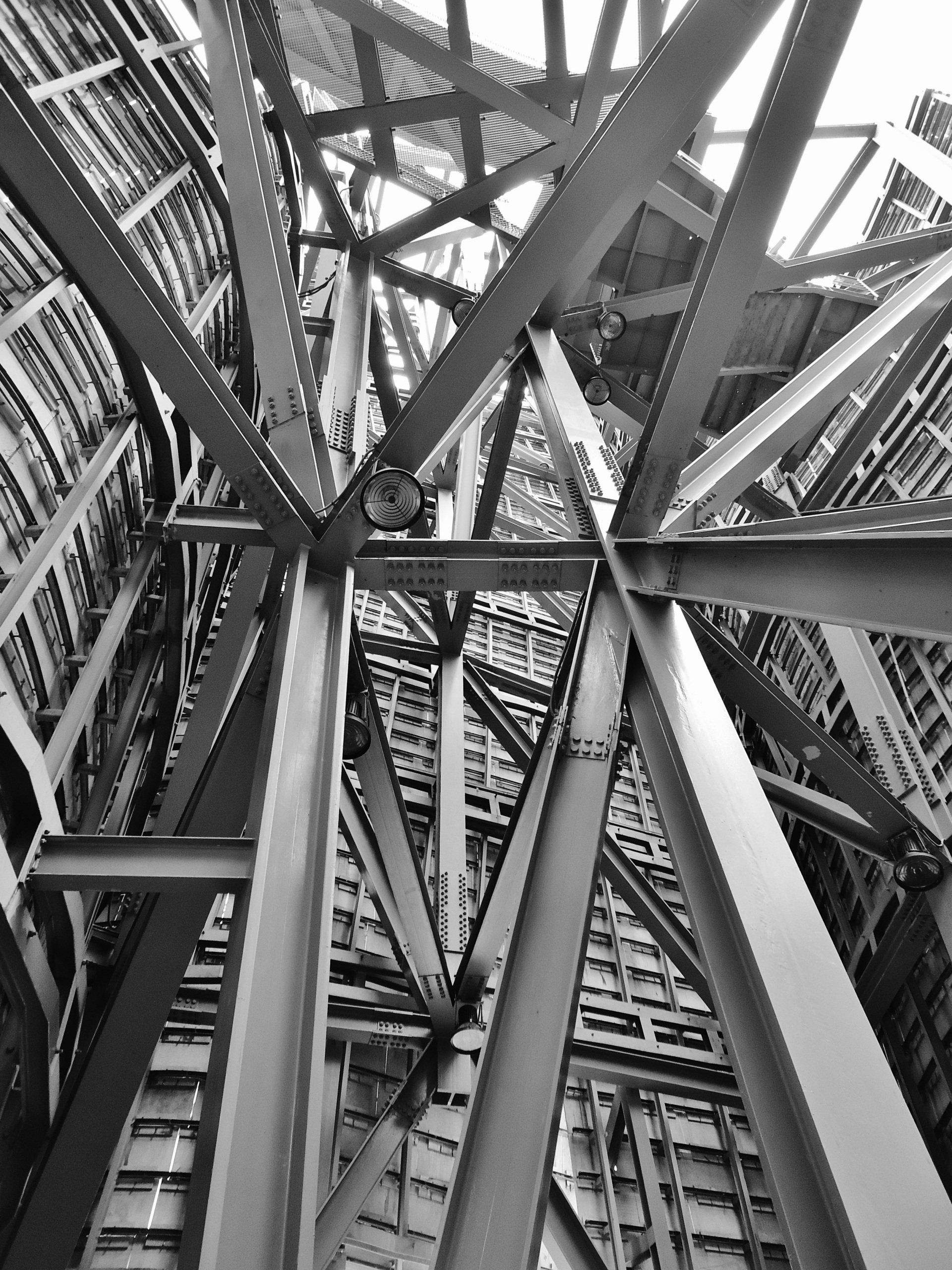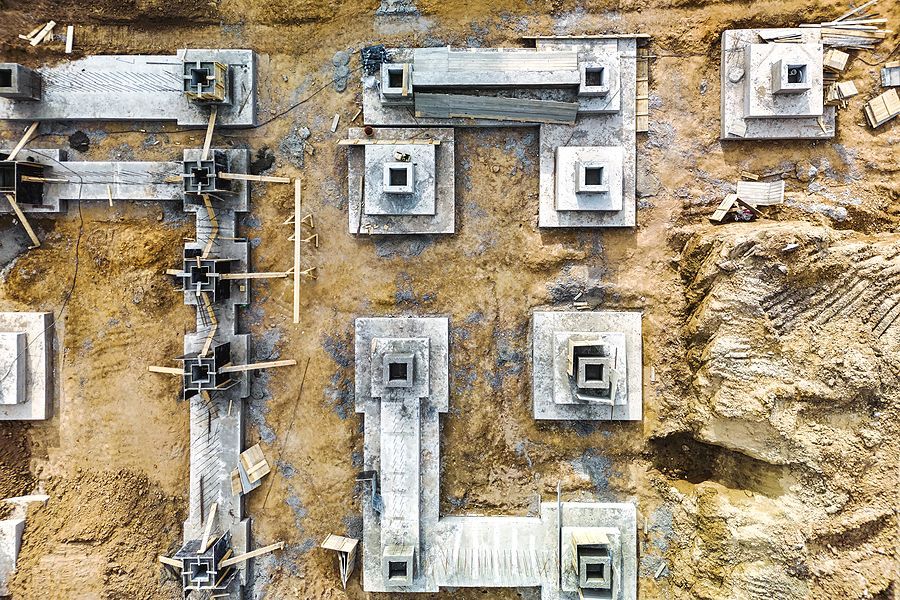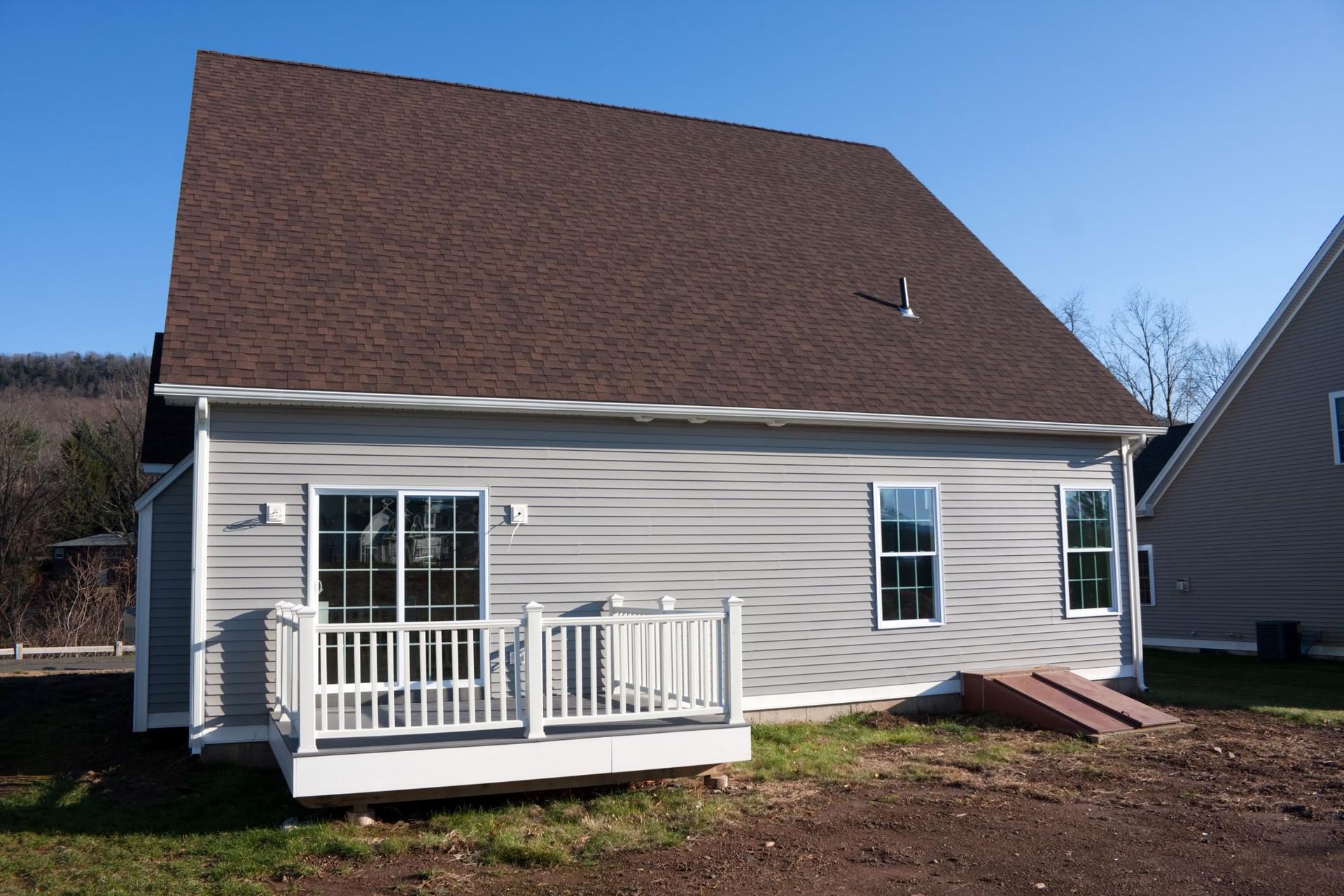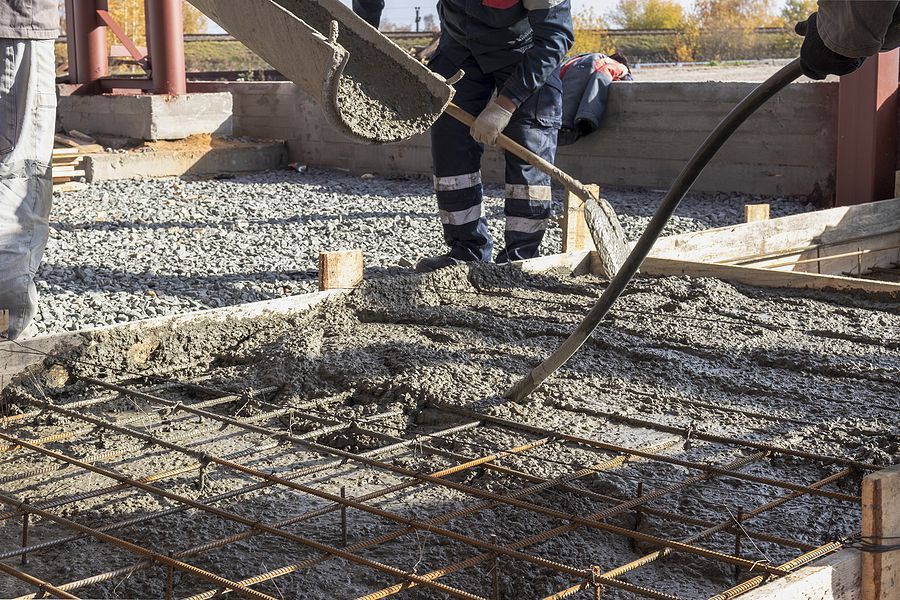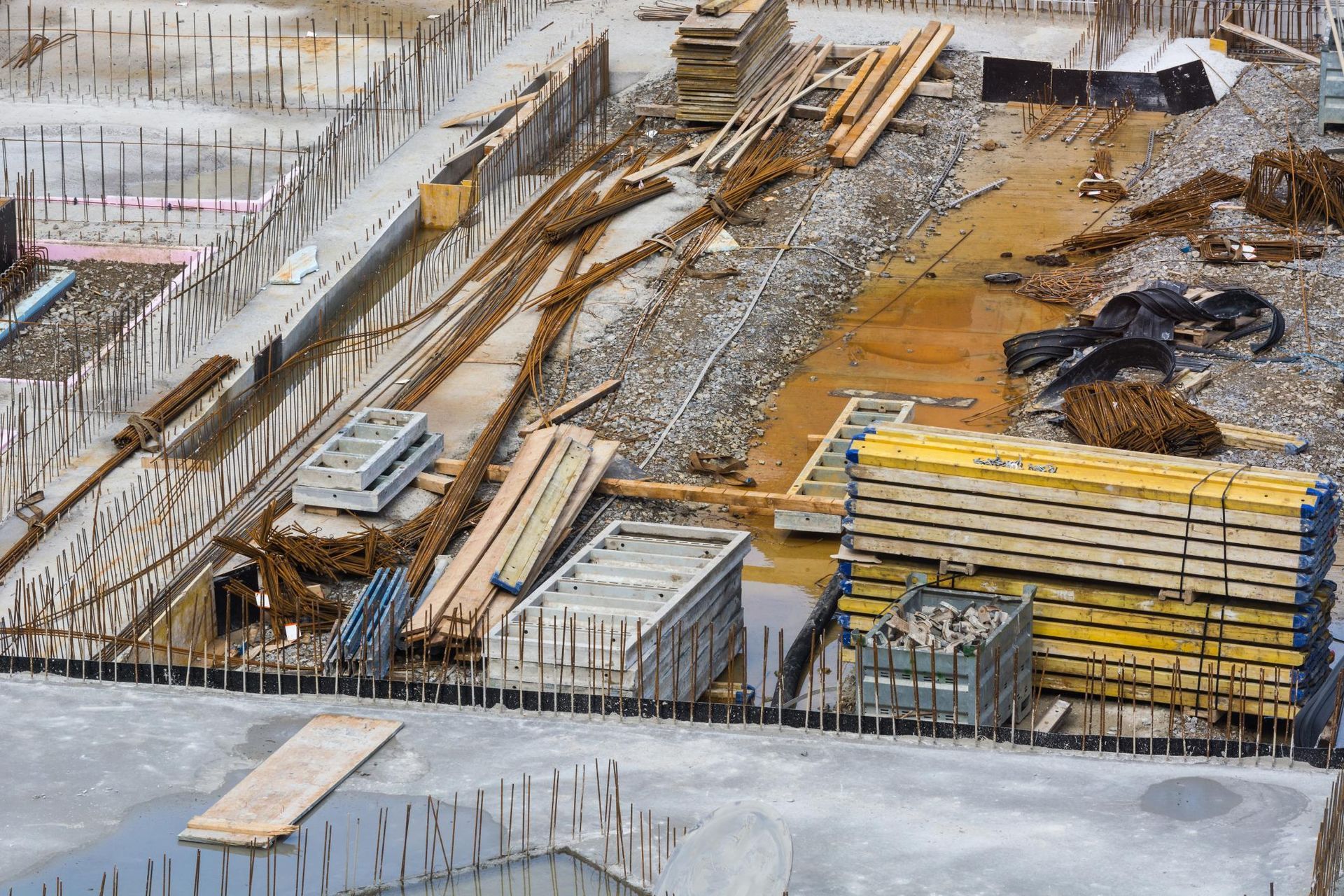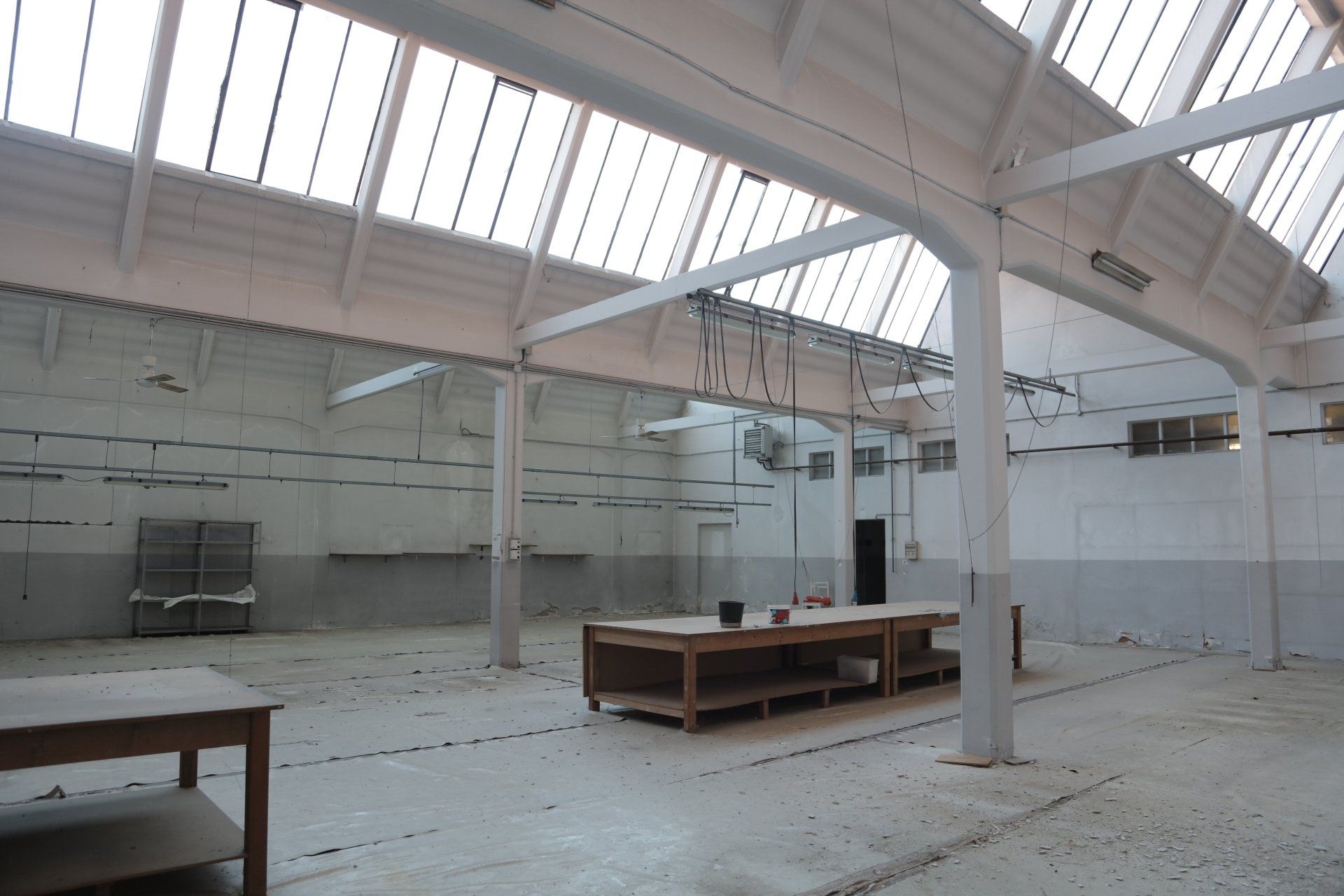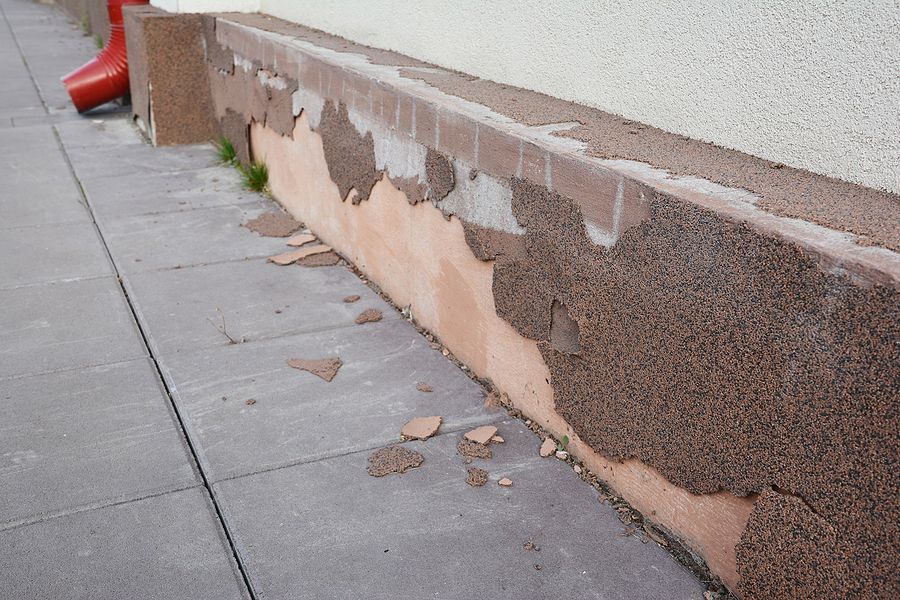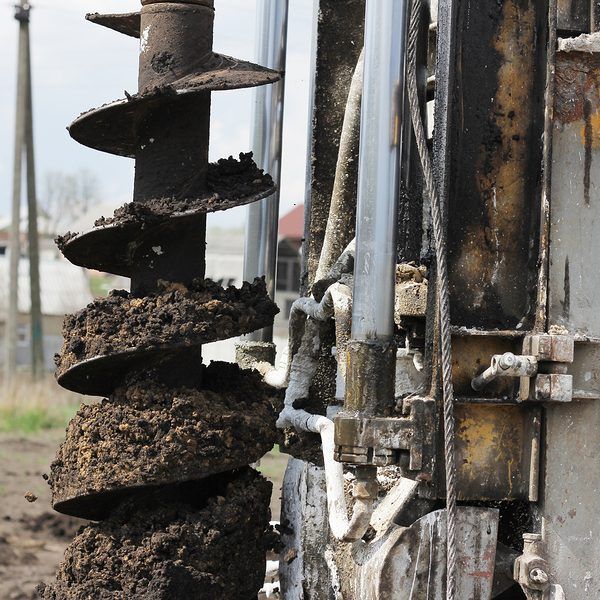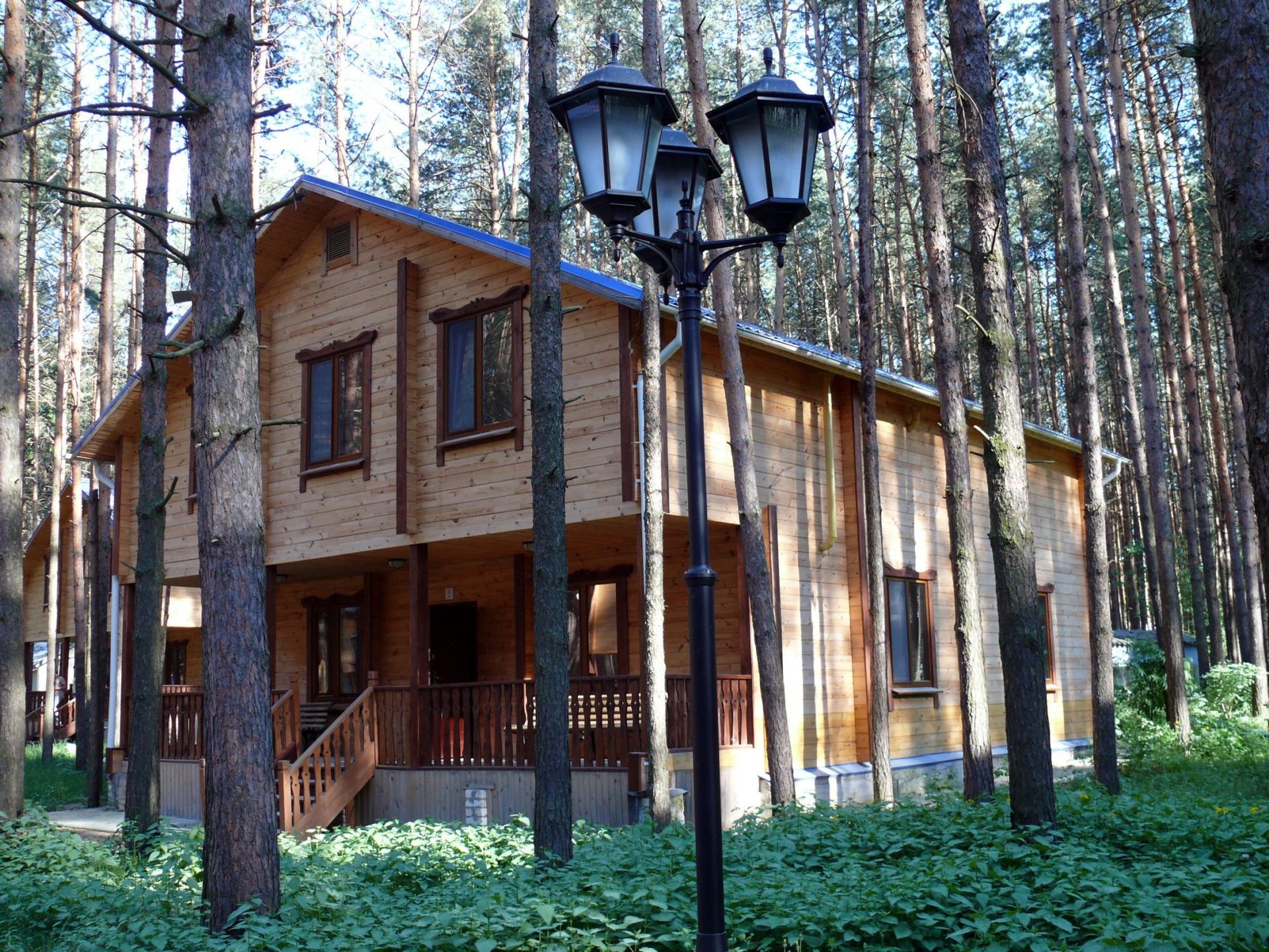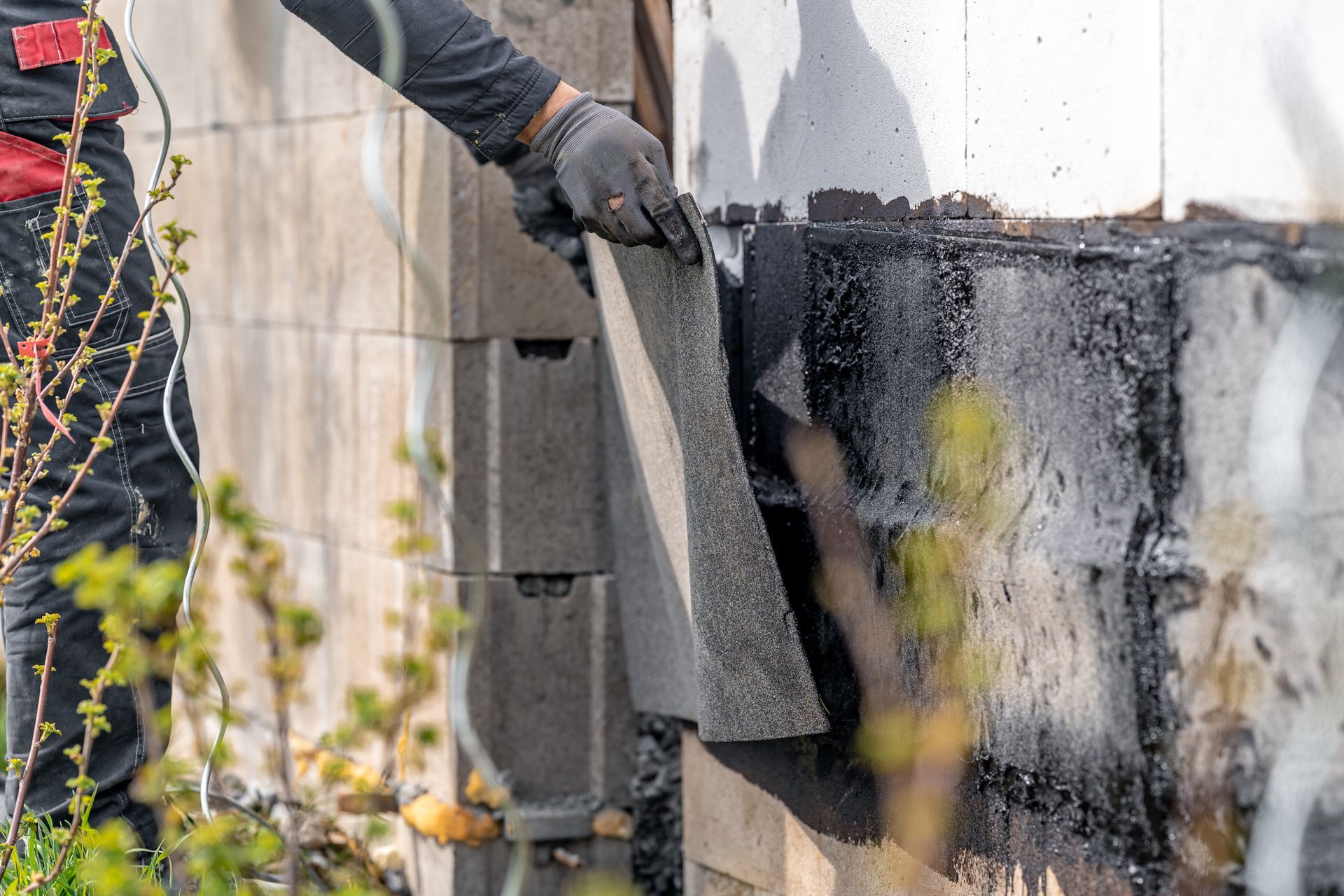Foundation Leveling Techniques: From Traditional to Cutting-Edge
Mastering Foundation Repair: Traditional to Modern Methods
The stability and longevity of any structure hinge on the integrity of its foundation. Over time, various factors such as soil conditions, weather, and water intrusion can compromise a foundation's stability, necessitating repair services. This article delves into foundation leveling techniques, ranging from traditional methods to cutting-edge solutions, offering insights into foundation repair and services designed to restore and maintain structural integrity.
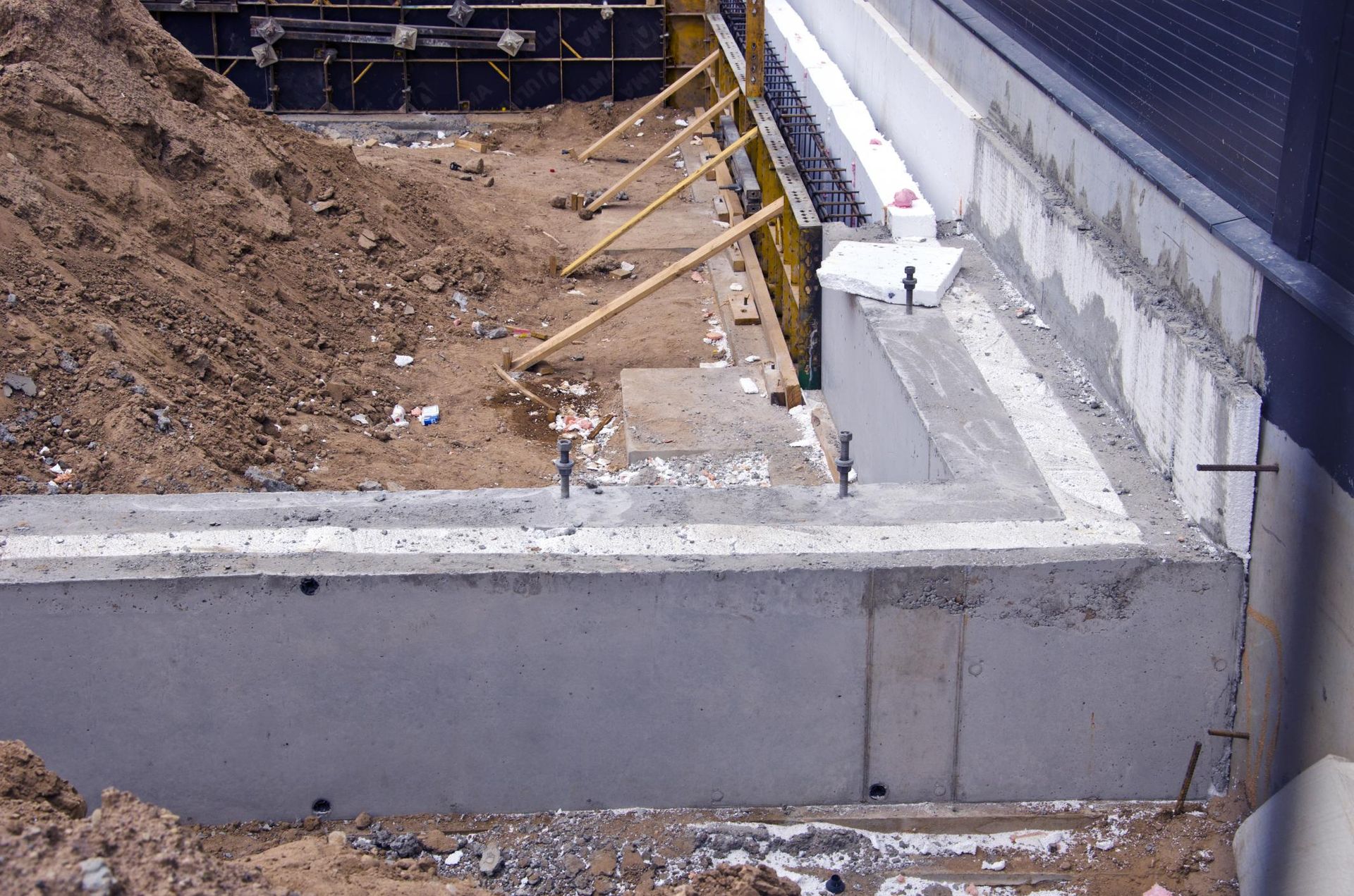
Traditional Foundation Leveling Techniques
Traditional foundation leveling methods, like concrete underpinning and mudjacking, are time-tested solutions for addressing foundational instability. These techniques, though often labor-intensive, provide robust support where soil conditions have led to structural shifts. This section delves into their application and effectiveness in stabilizing foundations.
Concrete Underpinning
Concrete underpinning is one of the oldest methods for foundation repair. It involves extending the foundation's depth or breadth so it rests on more supportive soil. This process is particularly effective for shallow foundations needing enhanced support.
Mudjacking
Also known as slab jacking, mudjacking involves pumping a cement-based mixture beneath the foundation. This mixture fills voids caused by soil erosion, lifting the foundation back to its original level.
Waterproofing Foundation
Waterproofing is crucial in preventing water damage, a common cause of foundation issues. Techniques include applying sealants and installing drainage systems to ensure water flows away from the foundation, thus safeguarding against future problems.
Modern Foundation Leveling Techniques
Modern foundation leveling introduces efficient, less invasive methods such as helical piers and polyurethane foam injections. These techniques are favored for their quick implementation and minimal disruption, marking a significant advancement in foundation repair. This segment explores their role in contemporary structural stabilization.
Foundation Underpinning with Helical Piers
Helical piers, a revolutionary approach in foundation solutions, involve screwing steel shafts into the ground until stable soil layers are reached. This method is less invasive and more precise than traditional underpinning, making it ideal for foundation underpinning in challenging soil conditions.
Polyurethane Foam Injection
A cutting-edge technique, polyurethane foam injection, offers a quick and efficient solution for leveling foundations. The foam expands upon injection, filling voids and lifting the foundation. This method is less disruptive and faster than traditional methods.
Integrated Solutions for Comprehensive Repair
Integrated repair solutions blend traditional and modern techniques to address complex foundation issues. This holistic approach considers both the structural integrity and potential environmental factors, ensuring a thorough and lasting repair. Following are highlights the benefits of such integrated strategies in foundation repair.
Combining Techniques for Optimal Results
Often, the best foundation solutions involve a combination of techniques. For instance, underpinning shallow foundations may be complemented with waterproofing to address both structural and moisture-related issues.
Customized Repair and Services
Every foundation issue is unique, requiring a tailored approach. Foundation services should assess each situation individually, combining techniques like underpinning and waterproofing for a comprehensive solution.
Cost of Foundation Leveling
The financial aspect of foundation leveling is a critical consideration for homeowners and property managers. Costs can vary significantly based on the chosen repair company, the extent of damage, and other site-specific factors. Understanding these cost variables is essential for effective budgeting and decision-making.
The Future of Foundation Repair: Sustainable and Innovative
The intersection of sustainability and innovation is reshaping the future of foundation repair. Eco-friendly practices and technological advancements are becoming increasingly important in developing new repair methods. This section examines these emerging trends and their potential impact on the industry.
Embracing Eco-friendly Solutions
As environmental concerns grow, sustainable foundation work becomes crucial. Techniques that minimize soil disruption and use eco-friendly materials are increasingly favored in the industry.
Advancements in Technology
The future of foundation repair lies in technology. Innovations like sensor-based monitoring systems can detect early signs of foundation issues, leading to more proactive and less invasive repairs.
Foundation leveling is a critical aspect of maintaining a building's structural integrity. From traditional methods like concrete underpinning to advanced techniques like foundation underpinning with helical piers, the range of available solutions is vast. Integrating different methods, considering environmental impact, and embracing technological advancements are key to effective foundation repair and services.
For more insights into maintaining your property's foundation, explore the informative blogs, and discover our range of services tailored to your needs.

